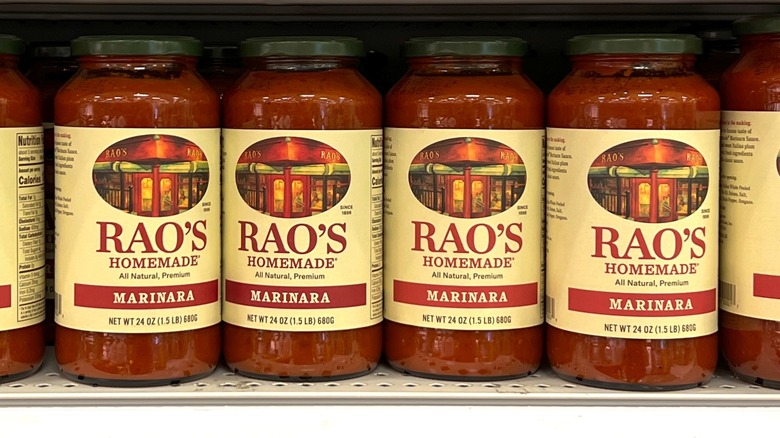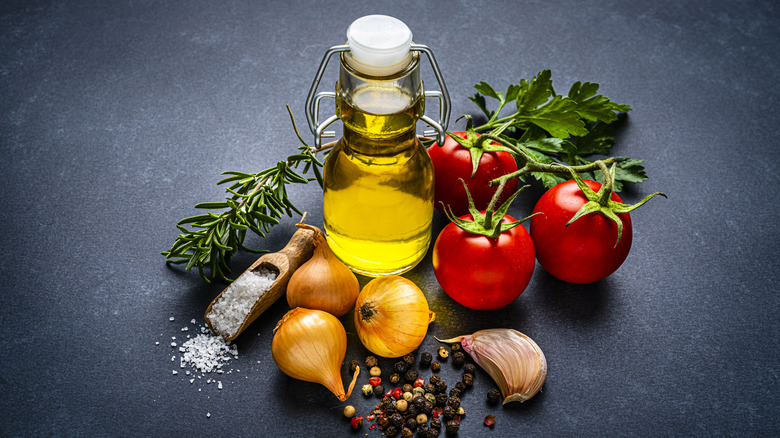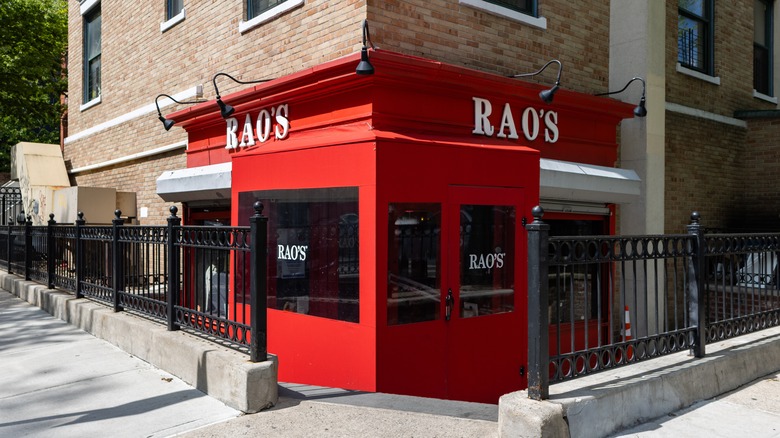What Makes Rao's Homemade Sauces Special?
Rao's Homemade sauces have a cult following. Seek recommendations for the finest jarred pasta sauce from a food enthusiast, and you'll invariably hear about this iconic brand rooted in a renowned restaurant. Rao's Homemade consistently earns praise from publications, culinary websites, and chefs as one of the top producers of jarred pasta sauce. Its marinara sauce, in particular, enjoys legendary status. Ina Garten even named Rao's marinara sauce her all-time favorite. But what sets it apart?
For many, the authentic, robust flavor reminiscent of homemade sauce speaks volumes. Rao's unique approach of sourcing quality ingredients and the old school process of slow simmering its sauces makes all the difference. Rao's iconic tomato-based sauces all start with whole Roma tomatoes, olive oil, aromatics like garlic and onions, and fresh herbs. These key ingredients undergo a slow simmering process in kettles, allowing flavors to meld and deepen. This meticulous attention to process and ingredients results in a final product that truly stands out.
A look at Rao's ingredients and cooking process
Rao's attention to slow-simmering allows the flavors of its fresh ingredients to develop over time without the need for the sweeteners, tomato paste, or extra flavorings that you'll find in some other sauces. The low and slow cooking process gives the natural sugars in the tomatoes time to break down in the sauce. Cooking in open pots or traditional kettles intensifies the flavors and allows excess water to evaporate to naturally thicken it, resulting in a smooth, velvety sauce with less acidity. Some other sauces use sugar or starches and various thickeners to mimic this lengthy process. The herbs and aromatics also have time to fully permeate the sauce without using powders or flavorings as shortcuts. In addition, the sauces are cooked in small batches to preserve quality.
The company also pays extra attention to all of the ingredients in the sauces in terms of source, quality, and function. For instance, it uses only Roma tomatoes for the marinara sauces because they actually increase in flavor as they cool. Olive oil is used to add depth and complexity to the sauce, plus help it adhere to the pasta. The umami flavor of fresh garlic complements the sweetness of the Roma tomatoes.
The unique history of Rao's pasta sauce
Part of Rao's appeal also comes from its rich history. The sauce is named after the Rao family who immigrated to the United States from Southern Italy. In the late 19th century, they opened Rao's, a tiny tavern in New York City's original Italian neighborhood (today's Spanish Harlem). After a glowing review in the New York Times resulted in its booming popularity in the late 70s, Rao's went from a neighborhood mainstay to a hot spot for celebrities, and it became famously difficult to snag a reservation.
In 1992, the then-co-owner Frank Pelligrino Sr. jarred the restaurant's popular marinara sauce so he could feel better about turning hungry diners away. It's noted on the Rao's website that Pelligrino Sr. said this about the product launch: "This way I don't have to say 'no' anymore and everybody can have it at home." The decision to leave out sugar, starches, water, tomato paste, and other fillers is still a stand-out feature of the brand's products today.
While Rao's is best known for its flagship marinara, the company offers 26 types of everyday pasta and pizza sauces plus frozen meals like lasagna and chicken parmesan, dried pasta, jarred soups, condiments, and brick oven pizzas. In case you're wondering where to start, we ranked 18 of the most popular Rao's sauces.


